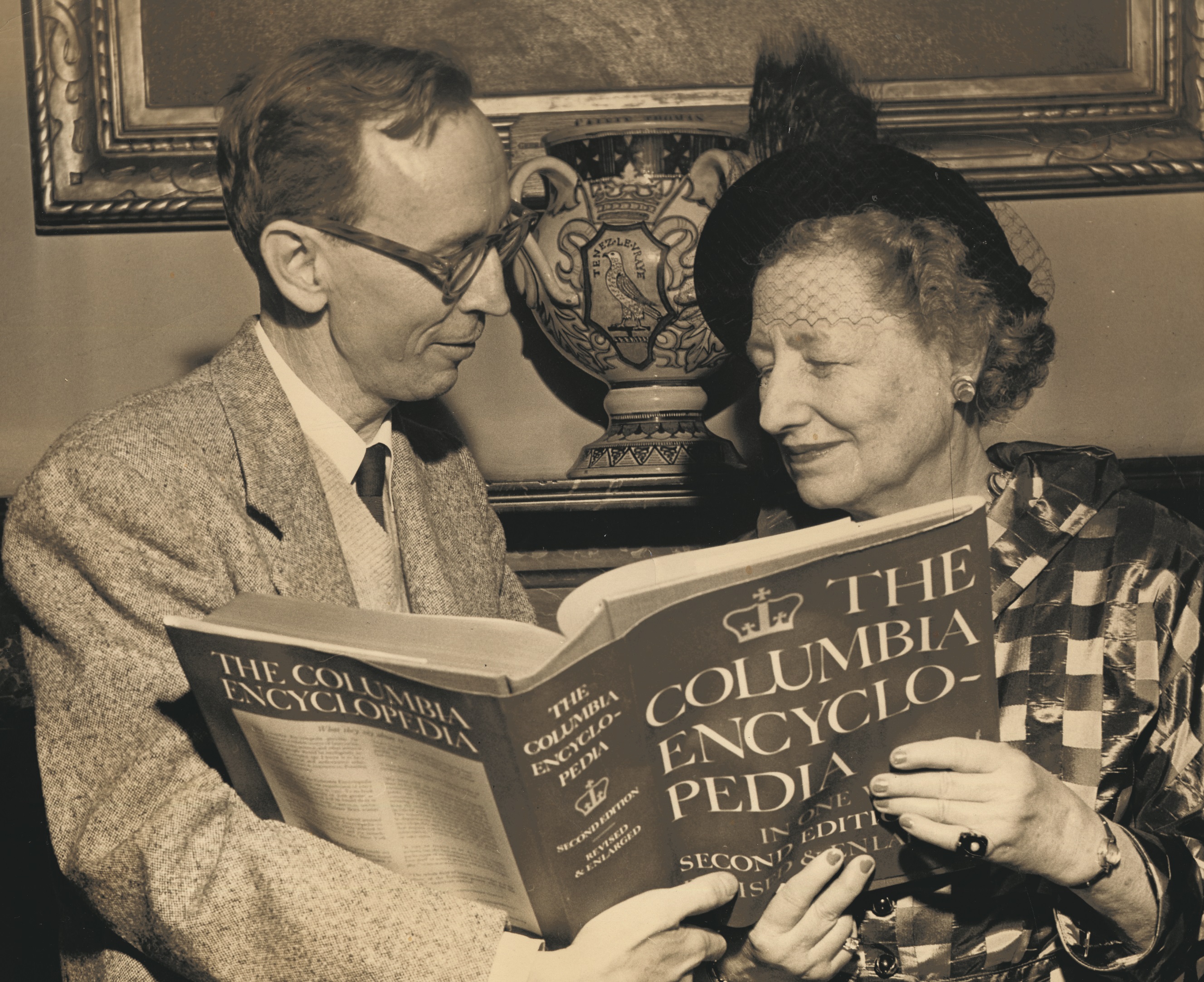My Time at CUP: Matt Weiland

“A publishing house is, more than anything, the assemblage of the talents and passions and personalities of the people who work in it. I was lucky to be around people . . . who evinced a deep dedication to the art and craft of making good books.“

Matt Wieland
VICE PRESIDENT AND SENIOR EDITOR,
W. W. NORTON & COMPANY
COLUMBIA UNIVERSITY PRESS, 1991–1992
- EDITORIAL ASSISTANT
>I was nineteen when I started working at Columbia University Press, in the early years of the Bush the Elder administration. Initially, it was just a part-time “work-study” job to help pay college tuition. But by my senior year at Columbia University, I ended up as a full-time editorial assistant, more excited (I confess) by making books than by the prospect of studying them. If nothing else I was well prepared for work in the publishing industry, given my experience loading trays of muffins into the delivery van at a bakery (“detail-oriented”), washing the dishes and making the milkshakes at a lousy fifties-style diner (“adept at multi-tasking”), and sorting the mail in the college post office (“an avid reader”).
The things I remember from those first weeks seem delightfully archaic now: the mimeograph machine; the “long galleys” sent to authors for correction, soon to be obliterated by the desktop publishing revolution; director John D. Moore’s suspenders. The copying, collating, and filing I did each day seemed dated even then—though the truth is that all of us in publishing still do pretty much the same things now, thirty years later.
In its grand 125-year history, CUP can’t have had many employees who contributed less to its success than I did. And yet how much it gave me! The truism in the books business is that nobody outside it much recognizes or cares about the colophon on a book. “Which firm published it?” is not a burning question for most readers. But a publishing house is, more than anything, the assemblage of the talents and passions and personalities of the people who work in it. I was lucky to be around people—copyeditors, production managers, publicists, and, most of all, the editors for whom I worked—who evinced a deep dedication to the art and craft of making good books. The example they set was obvious and affecting.
The more subtle things I learned have been equally lasting: the strange intimacy and intensity of shared purpose between author and editor; the pleasing sense of publishing as an unlikely combination of factory work and high intellectual ambition; and the wry understanding that one is making something of quality that may interest only a modest number of people today, but may—with a little luck—outlast us all. Certainly that last lesson became clear to me in the books I had a hand in making while at CUP: The Charlotte Perkins Gilman Reader; The Letters of Ralph Waldo Emerson; a translation of the Japanese classic The Pillow Book of Sei Shono-gan; Lillian Faderman’s trail-blazing history of lesbian life in twentieth-century America, Odd Girls and Twilight Lovers; Adorno’s Notes on Literature (two volumes); and Gramsci’s Prison Notebooks (three!).
My role on these books was minor—vanishingly minor—yet I felt I was contributing to something important. Like George Bailey’s father, who runs the savings and loan in It’s a Wonderful Life, I felt that in some small way we were doing very large work. That we were “satisfying,” as Pop Bailey so memorably put it, “some fundamental urge.” Of course, he was speaking of having a home and thereby a measure of health and happiness, which is a lot easier to sell than Adorno. But I believed then, and I believe now, that good books are somehow equally fundamental, and making them—with creativity, with conviction—not just a job but a vocation. I’m deeply grateful to CUP for imparting that lifelong lesson.








